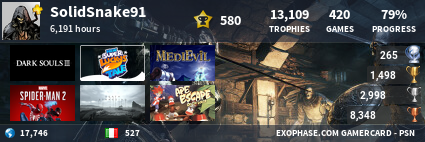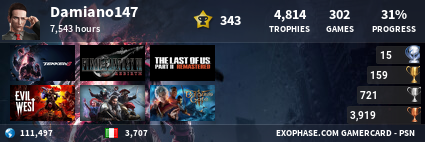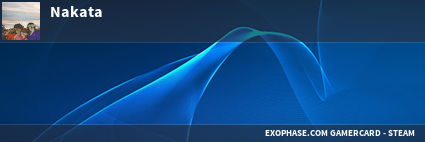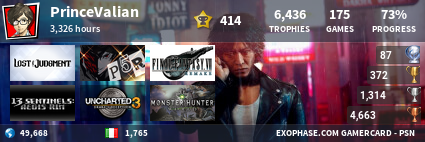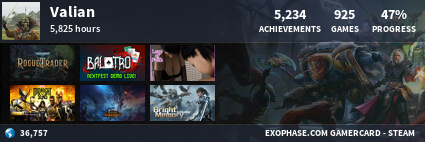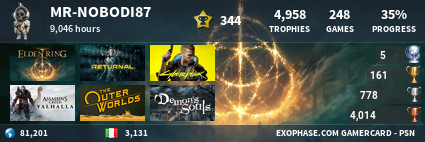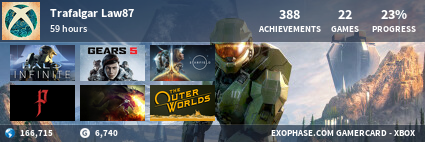If you go back and watch the E3 trailer of
Halo Infinite in 2019, that game looks remarkably better than what was shown in July of 2020. How can a game decline significantly in quality with an additional year of development time? It doesn’t make sense and if you go back
to the 2018 announcement of the title and the demo of what the Slip Space engine is capable of creating, the July event looks even worse.
It’s my understanding that the 2019 trailer was again outsourced and at that time, the game was not in a state that was playable at that level of fidelity. Even though the trailer says “Game Engine Footage” – this is a nebulous term as we don’t know if this is an attempt to show what gameplay would look like (not plausible at this time based on what we have seen) or what cut-scenes would look like which is the more plausible explanation but this vastly over-sold expectation for Infinite’s later demos.
Multiple people familiar with the development efforts behind 343 have described the collaborative effort behind the development as challenging and significant disagreements internally have become public with Tim Longo, creative director for Halo Infinite, leaving the company in August of 2019.
Appointed to Tim’s role after he left was Mary Olsen, who left the company in October of that same year. At the time, 343 said “
There’s no creative dilemma inside the studio” but clearly there was turmoil inside the walls about the development progress of the game.
One of the big questions that started to manifest late in 2019 was how could 343 change the path forward for Halo Infinite so that they could actually meet the holiday 2020 deadline. Phil Spencer has confirmed that splitting up the campaign and multiplayer was a serious consideration but this was not a recent discussion as many had assumed as this option started being considered in early 2020 or possibly late 2019.



